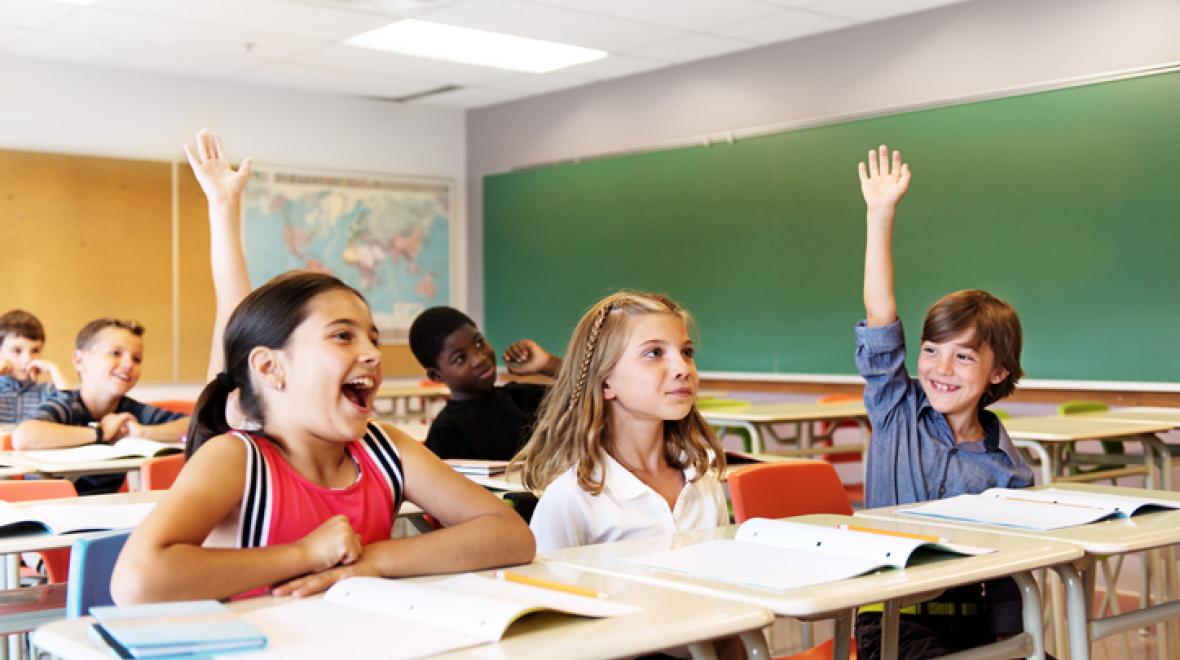Even if you’re just starting your boarding school research, there’s a good chance you already have an impression of what boarding school is like. This impression might come from books you’ve read, such as “Catcher in the Rye” or “A Separate Peace.” It also might come from movies you’ve watched like “Dead Poet’s Society,” or “ایران آموزشگاه بانک اطلاعات مراکز آموزشی Ties.”
These stories, while entertaining, take place in boarding school settings that are different from what you’d find today. An excerpt from an article about college-preparatory boarding schools in The New York Times summarizes these differences well:
“To generations of students whose syllabuses include J.D. Salinger’s “Catcher in the Rye,” boarding school represents the winter of their adolescent discontent; a cold, distant place where parents threaten to send their children if they don’t measure up.Parents dropped their children off in September, picked them up again in June and let the schoolmasters worry about what went on in between.
If Holden Caulfield were to return to school for Alumni Day 2001, he would find that the world of proctors and prefects, dorm teas and Mr. Chips has undergone a millennial thaw. Most of the approximately 36,000 students at boarding schools packed their bags willingly and are in daily e-mail contact with mom and dad.
The ivy is no longer one shade of green. Students are as likely to room with a real prince of Thailand as with the fresh prince of Bel Air, as the schools reach farther into the public high schools for the majority of their students, making admissions more competitive than ever.
The monastic life of formal dinners, daily chapel and cold showers has given way to international theme meals, contemporary ecumenism and interdorm dances.” – Less Austerity, More Diversity at Prep School Today – By VICTORIA GOLDMAN and CATHERINE HAUSMAN, November 12, 2000, New York Times
Just as universities and colleges in the United States have evolved in the past several decades, so have boarding schools. And while the perception of boarding school is changing, there are still some lingering myths that can make you mistakenly think that you wouldn’t fit in at boarding school:
Today, approximately a third of all boarding school students receive financial aid. Financial aid grants can represent a significant portion of tuition depending on the school and your family’s situation. Boarding school students now increasingly come from public schools and a wider range of family income-levels.
In general, boarding schools do their best to make their programs accessible to your family through financial aid grants, loan programs, and merit awards/scholarships. In the past ten years, the emergence of K-12 private school loans has also made boarding school education more accessible.
Families that send their kids to boarding school today represent a much wider demographic – geographically, socio-economically and ethnically (see “Myth 2” below). What hasn’t changed is the rigorous academic approach and emphasis on students’ personal growth.
More than a quarter of all boarding students are either students of color or international students. Boarding schools are generally more diverse than public schools – they actively seek diversity and draw from many geographic areas whereas local schooling options are dependent on neighborhood living patterns where populations tend to concentrate along ethnic or socio-economic lines.
Also, boarding schools create more meaningful opportunities for different students to interact with one another – whether in the dorms, classrooms or playing fields, you’ll always be surrounded by a diverse population that you’ll inevitably get to know throughout the year.
Curfews and rules will be part of life at any boarding school – no big news here. But depending on your impression of boarding school, you might be surprised to learn that boarding school can also be a lot of fun. If you talk to boarding school students or alumni today, most will tell you the same thing – it’s an environment that’s conducive to making incredible friends and having fun in the process.
Keep in mind that while strong academics are a key focus for boarding schools, they also strive to foster independence in students. Boarding schools give you choices in how you spend your time and what activities to pursue so that you can determine your experience at school and grow as a person, not just academically.
There are two types of boarding schools – college-preparatory boarding schools and therapeutic boarding schools. The two are sometimes confused and can cause misperceptions that boarding schools are only for kids who are having trouble at home or school.
College-preparatory boarding schools are geared for motivated students who are looking to explore new opportunities. College-preparatory boarding schools are often ideal choices for students who are already doing generally well at school and at home, but would simply like to find new challenges.
These types of boarding schools are not appropriate choices for students with drug, alcohol, or behavioral problems. The key objective of these boarding schools is to prepare students for college through rigorous academics. All the schools profiled in Boarding School Review are exclusively college-preparatory boarding schools.
